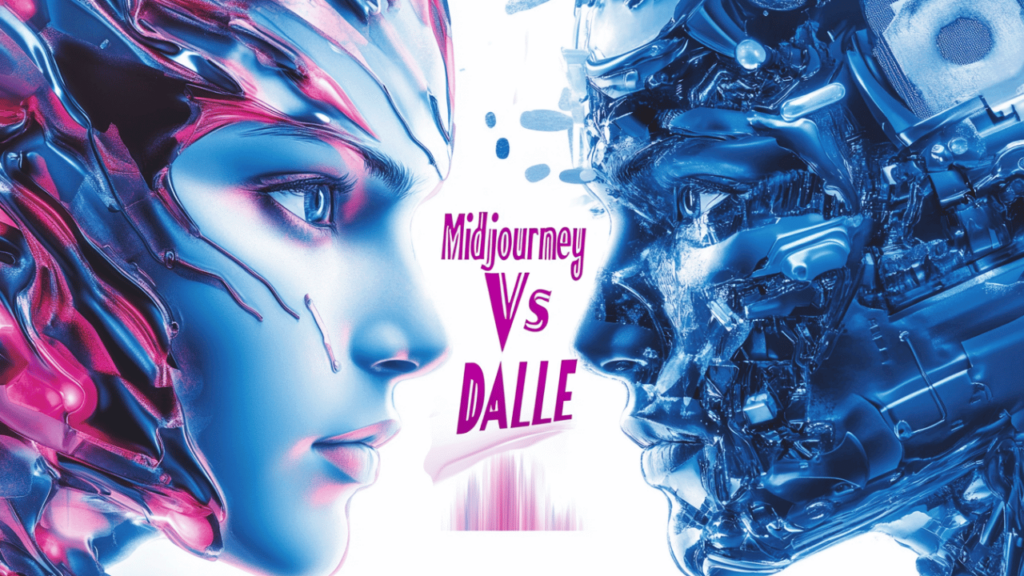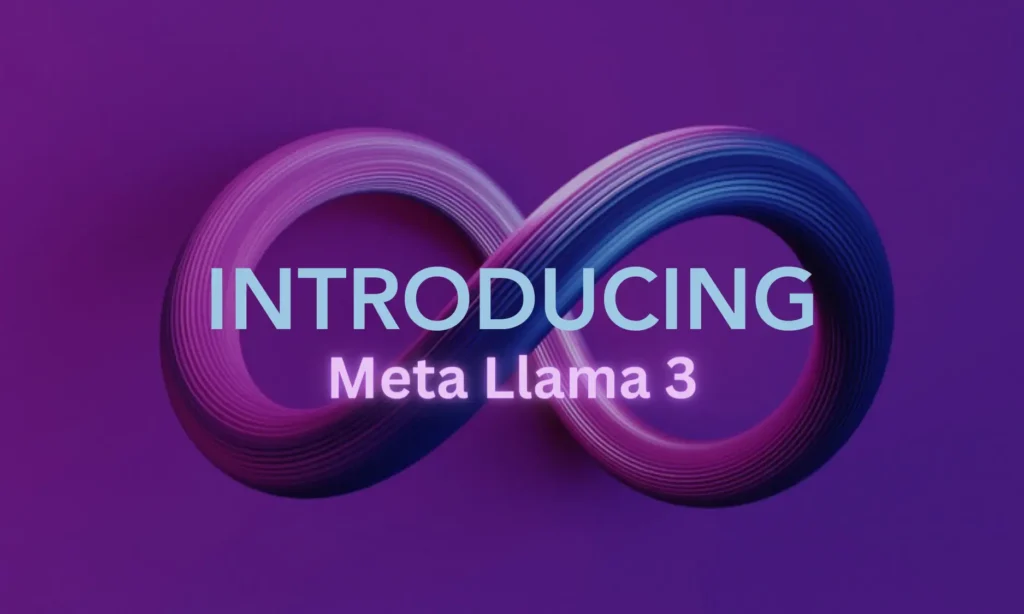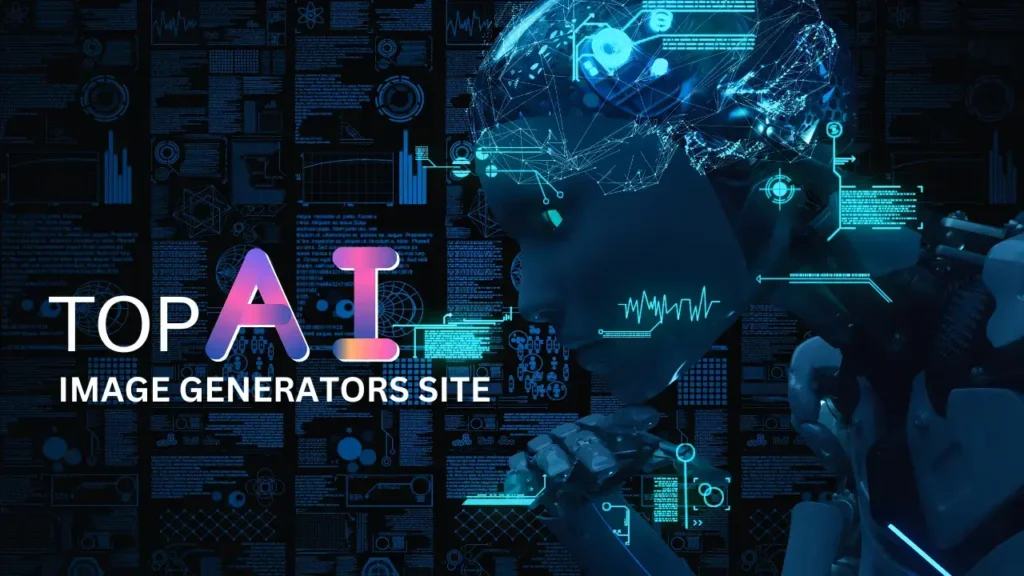As an artist and designer, I’ve always been drawn to how technology meets creativity. The rise of AI image generators like Midjourney and DALL-E Midjourney and DALL-E has changed my work in big ways. These tools let us dream big, mixing reality and fantasy like never before.
Now, I’m curious about how these two AI image generators stack up against each other. What makes them special? How do they change the way we create, and what does the future of art and design look like? I’m excited to explore these questions with you.
Key Takeaways
- Midjourney and DALL-E are top AI image generators, offering new creative possibilities.
- They use advanced machine learning to turn text into beautiful images.
- Both are great at text-to-image tasks but differ in many ways, affecting the creative field.
- Knowing what Midjourney and DALL-E can and can’t do is key for artists and designers using AI.
- Their rise has started talks on AI’s ethics in creativity and the future of creative jobs.
The Rise of AI Art Generators
Artificial intelligence has brought us into a new era of creativity. Tools like Midjourney and DALL-E are leading the way. They change how we make images, mixing human creativity with machine smarts.
Generative adversarial networks (GANs) and text-to-image models are at the heart of this change. They let artists, designers, and fans play in the vast world of machine learning art. These AI tools use complex algorithms to turn text into stunning, often surreal, images.
AI art generators have opened new doors for creativity. With just a few keystrokes, users can create everything from fantastical landscapes to abstract art. This has sparked a new wave of digital creativity, drawing in more people to explore the limits of art.
The future of ai art generators looks bright, with many uses. They could be in concept art, product design, or even in movies and games. This mix of human and machine creativity could change how we make art, offering new chances for artists and visionaries to shape the future.
Unveiling the Top AI Products and News
The AI art generators world is changing fast, with new products and discoveries coming out quickly. Recently, we’ve seen big news in image creation models. This includes the awaited Imagen 3 from Google and the advanced Grok 2 from Elon Musk’s xAI.
Click here, if want to learn prompt secrets of AI realistic images
Imagen 3 was announced by Google in May. It’s seen as the company’s best text-to-image model yet. It can understand and do complex prompts better, making images with more details and sticking closer to what you ask for. It also uses Google’s SynthID watermarking tool to put digital signatures in the images it makes.
Imagen 3 might not be as good at text rendering as some other models like DALL-E 3, Auraflow, or Flux. But Google focused on making the model safe and responsible. They used strict filters and labeled the data to keep harmful content out of the training.
Meanwhile, Elon Musk’s xAI has shown off Grok 2, which includes the Flux.1 image generator. This model makes very realistic and uncensored images and can also generate text well. MidJourney is also working on a v6.2 update and plans to release MidJourney v7 soon.
Other companies like Ideogram and the Open Model Initiative are planning to release new models soon. This will add more to the growing world of AI-powered creative tools.
As the AI art generators market grows, it’s an exciting time for both creatives and tech fans. They get to see the latest advances and explore new ways to express themselves artistically.
midjourney vs dall-e comparison
In the fast-changing AI image generation world, Midjourney and DALL-E stand out. As a journalist, I’ve looked into these two top text-to-image models. I aim to show you their unique features and help you pick the best for your creative projects.
Midjourney started in 2022 and quickly gained over 10 million users. It uses advanced AI to turn text into beautiful images. You can start with $10 a month or upgrade to $30 for more features.
Click here, if want to learn prompt secrets of AI realistic images
DALL-E, from OpenAI, has led in AI image making since 2021. DALL-E 3, its latest version, has gotten even better at details and lighting. It doesn’t beat some others in text rendering yet, but it still creates amazing images from text. DALL-E offers free and paid options, starting at $15 a month.
| Feature | Midjourney | DALL-E 3 |
|---|---|---|
| Year Created | 2022 | 2021 (DALL-E 1), 2023 (DALL-E 3) |
| User Base | Over 10 million users | Free access with limited features; paid plans start at $15 per month |
| Pricing | Starting at $10 per month for basic access, $30 per month for a Pro plan | Free access with limited features; paid plans start at $15 per month |
Choosing between Midjourney and DALL-E 3 depends on your creative goals. Whether you’re a pro, a hobbyist, or just curious about tech and art, these models can open up new creative doors.
Adobe Firefly vs. DALL-E
Adobe Firefly has brought new excitement to AI-powered image creation. It’s part of the Adobe Creative Cloud and aims to challenge DALL-E, a top AI image generator. This tool uses machine learning to create images from text.
Click here, if want to learn prompt secrets of AI realistic images
Unlike DALL-E, which uses OpenAI’s language models, Firefly taps into Adobe’s large user base. This teamwork gives Firefly a deeper understanding of visuals. It makes images that truly reflect what the user wants.
Firefly stands out because it works well with Adobe’s creative tools. Artists and designers can easily add AI-generated images to their work. This makes the creative process smoother and opens up new ideas. Whether it’s adding details to a car or trying out new colors, Firefly helps users take their creativity to the next level.
| Feature | DALL-E | Adobe Firefly |
|---|---|---|
| Image Quality | Highly Realistic | Visually Striking |
| Creative Control | Moderate | High |
| Integration with Creative Tools | Limited | Seamless |
| Learning Curve | Moderate | Intuitive |
DALL-E is great at making realistic images, but Firefly has more control and works better with other tools. As AI art generators get better, the competition between these two will lead to more innovation. This will change what’s possible in digital art and design.
Harnessing AI for Creative Endeavors
AI-powered image generators are getting better all the time. It’s key for creatives to know how to use these tools well. We’ll look at how to blend AI into creative work, think about ethics, keep the human touch, and balance human and machine creativity.
Text-to-image models and generative adversarial networks (GANs) have changed how we make art. These AI tools can make tasks easier, open up new creative paths, and let designers spend more time on ideas. They help focus on the art, not just how to do it.
But, adding AI art generators to creative work needs careful thought. We must think about data privacy, bias in algorithms, and how AI might affect human artists. Finding the right mix of human and machine intelligence is crucial for a healthy creative world.
By using machine learning art tools, creatives can reach their best potential. These tools can automate boring tasks, offer personalized design tips, and give insights from data. The goal is to use AI to help human creativity, not replace it.
As AI art generators get better, creatives need to keep up and be open to new things. Trying out new tech and working with it can open up new creative doors. By using AI, creatives can take their work further, give more value to clients, and help grow digital art and design.
Exploring Additional AI Image Generation Tools
Midjourney and DALL-E are big names in AI image generation, but the field is growing fast. New tools and platforms are coming up, offering more ways for creators and artists to use AI for images.
Stable Diffusion is one tool to check out. It’s a text-to-image model by Stability AI. It can make images that look very real and detailed. It’s great for many creative projects. Unlike some others, it uses open-source data, which means more options for users.
Imagen is another tool to look at. It’s from Google and can turn text into images well. It also has safety features like content filtering. This makes it a good choice for creators who want to be careful with AI-generated content.
| AI Image Generator | Key Features | Unique Selling Points |
|---|---|---|
| Stable Diffusion | – Photorealistic image generation – Open-source training data | – Highly customizable – Versatile for a wide range of projects |
| Imagen | – Impressive text-to-image capabilities – Advanced content filtering | – Ensures safety and responsible use of AI – Closely matches text prompts |
The world of AI art generation is always changing. Creators and artists have more tools to try out. By checking out these new options, they can discover new ways to be creative and find the best tool for their projects.
Striking the Perfect Balance
As creatives use AI tools like Midjourney and DALL-E, finding the right mix between human creativity and AI is key. We’ll look at how to blend AI into our work, follow ethical guidelines, and keep the human touch in art and design.
Understanding what AI art generators like Midjourney and DALL-E are good at is important. Midjourney is great for abstract and stylized images, perfect for digital artists and designers. DALL-E can do everything from realistic photos to wild, imaginative scenes. Knowing what these tools can do helps artists use them to boost their work, not just replace it.
It’s also vital to use AI-generated art ethically. As AI art grows more common, we must use it wisely and openly. This means showing when an image comes from AI, respecting others’ work, and thinking about how it affects human artists.
The aim is to use AI art tools while keeping the human element that makes art special. By finding the right balance, artists can open up new ideas, try out new concepts, and expand what’s possible in digital art and design.
Conclusion
AI-powered image generators like Midjourney and DALL-E have changed how we make art. This deep dive looked at their special features and how they work. It also talked about tools like Adobe Firefly. As AI art grows, it’s key for artists to use these tools wisely, mixing human creativity with machine smarts.
Adding machine learning art to creative work opens new doors for making and exploring. These AI tools help artists turn their ideas into reality in ways we couldn’t before. But, we must know what they can and can’t do. This knowledge helps us use midjourney vs dall-e comparison wisely.
The future of creative workflow is changing fast with AI. It’s up to us to use these tools to boost human creativity, not replace it. By balancing human and machine skills, we can explore new artistic areas. This way, we’ll create a future where art from both humans and machines takes us to new heights.



